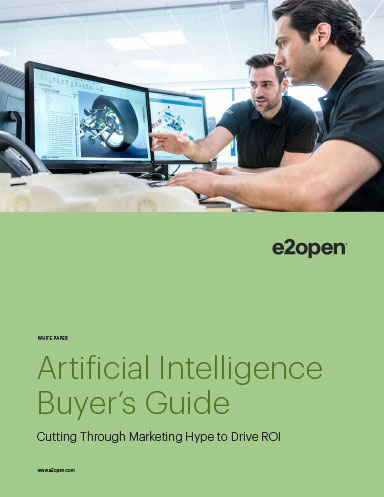Artificial intelligence (AI) has become a buzzword used liberally by all vendors — with good reason. The drive to create agile and resilient businesses is causing today’s leaders to ask more and more of their supply chains and making them hundreds or thousands of times more complex.
This complexity necessitates a new approach in which AI plays an important role. Yet the qualities that determine the success of AI technology are often hidden behind a blitz of marketing language.
This buyer’s guide explores the truth beyond the hype. Topics include the three main categories of AI available, why not everything vendors market as AI actually is AI and the importance of embedded AI for supply chain applications. Use cases for supervised, unsupervised and reinforcement machine learning provide a practical foundation for understanding AI’s versatility and value in supply chain.
Among the key takeaways are the little-discussed reality that AI without data is meaningless, how to get the internal- and external-system data required to make quality AI decisions and the importance of field-proven technology for mission-critical operations like supply chains. Valuable buyer’s tips throughout the guide offer insights and best practices for business leaders considering AI investments at any stage of the supply chain journey — from augmenting functional activities to full decision automation and digital transformation.








